Story Framework
This framework supports journalists in uncovering underreported stories that frame menstrual health as a human rights and equity issue, not merely a hygiene concern. It brings together evidence on how policy, accountability, and menstrual health equity intersect in Kenya, offering guidance on reporting beyond pads and WASH, to explore menstruation as a matter of rights, governance, economics, and social justice.
Drawing from national reports and studies, it highlights key evidence and entry points for stories across five main themes:
- Policy Accountability and Power: who controls menstrual health budgets, where the money goes, and how transparent government spending really is.
- Economic Equity and Access: the real cost of menstruation and how affordability and access differ between urban and rural areas.
- Health and Mental Wellbeing: gaps in menstrual education and the lack of privacy and dignity in schools.
- Gender-based Violence and Safety: how stigma, exclusion, and unsafe facilities affect girls’ safety and confidence.
- Inclusion and Intersectionality: how people with disabilities and gender-diverse menstruators are excluded from policy discussions and services.
Each section pairs key statistics with potential story leads, e.g. Who controls Kenya’s menstrual health budget? Or Free pads for who? This compilation aims to inspire journalists to connect menstruation to broader systems of power and accountability and provide them with credible data and context to tell more nuanced, evidence-based stories that drive menstrual justice forward.

You can access the MHM Story Framework with Story Angles and Prompts here
